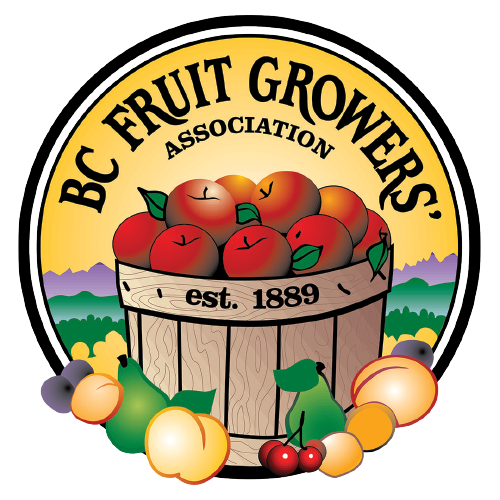Quality Control
The 1960 B.C.F.G.A. Convention followed up on Dean MacPhee’s recommendation that closer attention be paid to controlling the quality of the product shipped. It passed a resolution “recommending a thorough and conscientious system of quality control at every point in the Okanagan and Kootenay Valleys from the time the apples arrive at the packing house to the time of shipment.”
In June, 1960, the management of B.C. Tree Fruits released the details of a new Quality Control Program. Tree Fruits tightened up its regulations and inspection regarding package weights, cold storage temperatures, workmanship of package preparation, and sundry other matters relating to the handling of fruit in the packing houses. But another feature of the program annoyed some growers. The scheme intended to force growers to take some responsibility for quality control, by separating weak fruit from fruit which could safely be stored for the full marketing period of the variety concerned. The program demanded a considerable degree of grower cooperation, but it was emphasized that, “Fundamentally, the plan does not require a grower to do anything more than what he should be doing anyhow.” The grower was asked to:
(a) Pick his apples at the proper time for the variety and never to include windfalls in a delivery.
(b) Deliver his fruit to his packing house promptly after picking.
(c) Supervise his harvest and the hauling to prevent his help from abusing the fruit and causing damage that will show up later on the sorting table and in the pack.
(d) Follow proper horticultural practises that will ensure the fruit is (i) Hard maturity at time of harvest; (ii) Free from infection that could develop into pin point scab or bull’s eye rot during the storage period.
(e) Deliver separately lots of fruit that are heavily water-cored or are harvested from lightcrop trees.
“If he does these things, his fruit will almost certainly be Class A. If he does not, it will just as certainly be Class B.” And the pool differential for Class A fruit over Class B fruit was justified in words that sound reminiscent of the 1920s and the problems of Associated Growers:
How much longer should producers of poor quality fruit shelter under the umbrella held up by efficient producers of excellent quality fruit? How much longer should groups of growers who ship through packing and storage facilities that are inadequate to properly handle and store the crop for which they have contracted, receive the same returns as those groups who have gone to the expense of providing handling and storage equipment that can efficiently handle their crops?

Protests from some quarters “as to the workability and even the necessity for the effort” arose almost immediately, for as MacPhee had noted, the quality of facilities and handling varied greatly from house to house and from area to area. And many growers were reluctant to change from the practices which had paid so well in the wartime and immediate postwar periods. They were certainly not willing to accept restriction on the overuse of fertilizer to balloon up tonnage, nor to accept the inexorable change of market conditions which meant that “Cee” grade apples were no longer sellable on a fresh fruit market which was increasingly demanding “Fancy” or “Extra Fancy”. Gradually, however, packing houses and growers upgraded their procedures and their storage and handling facilities to meet the new standards, although it remained necessary for B.C. Tree Fruits to keep a close eye on those trying to slip poor fruit through. Art Garrish feels that the Quality Control Program “was probably the most revolutionary thing this industry has done” and that “the only reason we’ve been able to sell our apples all over the States all these years was because we had a quality of product that they couldn’t match, except in very selected houses.”







